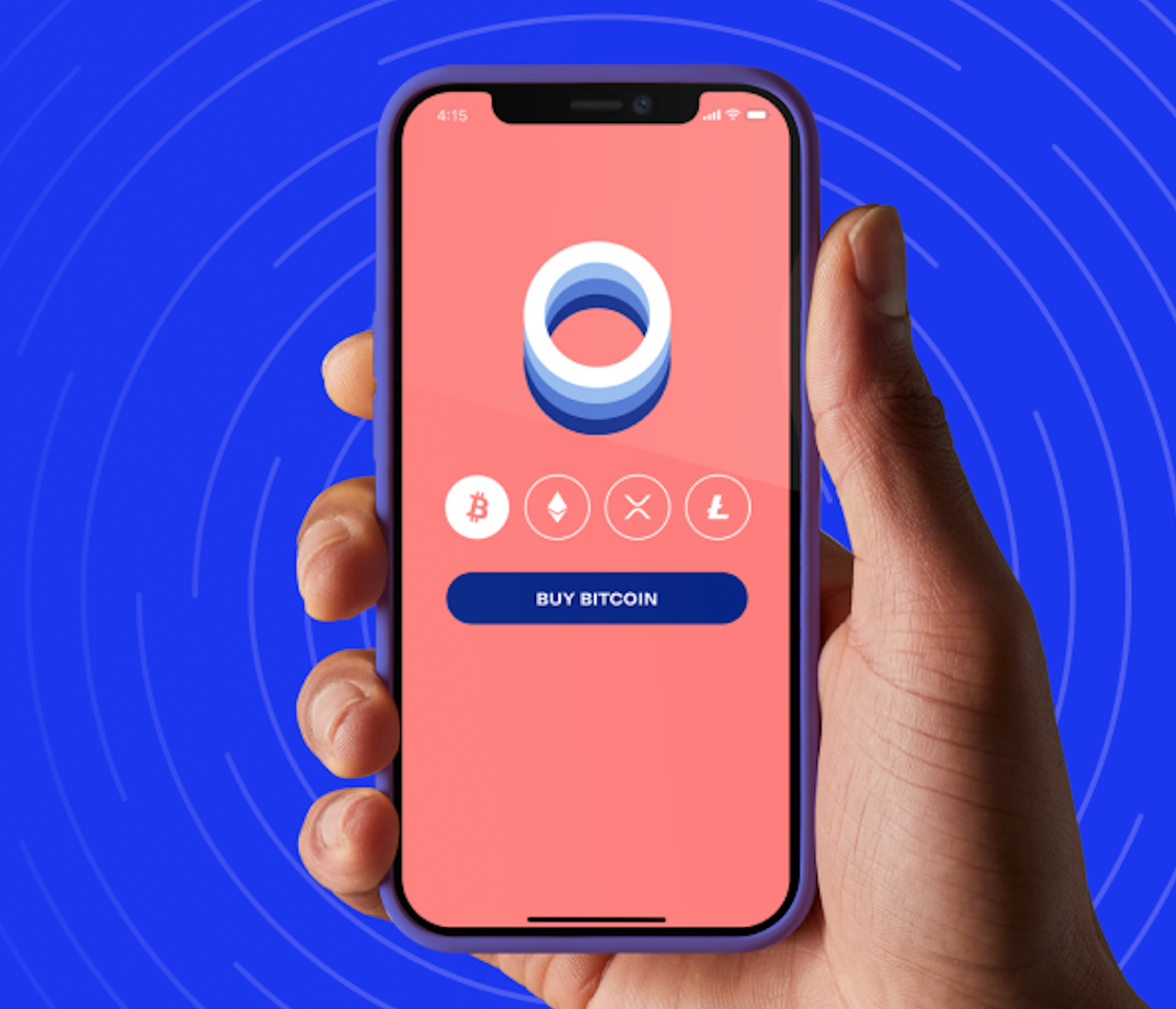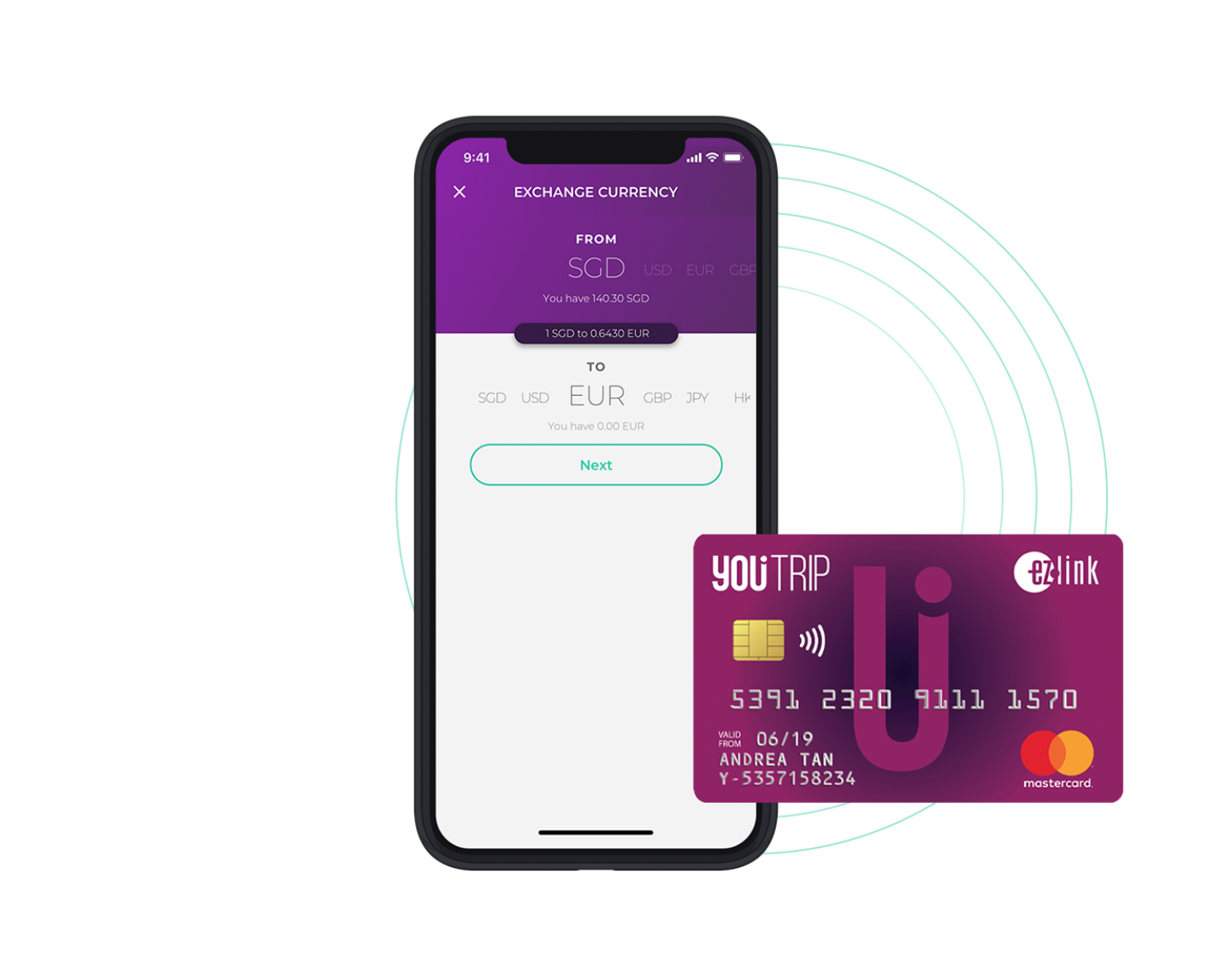Deezer √√√
What: First started as Blogmusik in 2006, this high-traffic French stalwart boasts over four million premium subscribers worldwide.
Pros: It overshadows Spotify (its strongest competitor) with a bigger music library and makes managing music collections easy by letting you import your own songs—especially good for those who like their tracks all in one place.
Cons: Sound quality and free versions aren’t the best around (though they promise up to 320kb/s when you pay). As a web-based player, its interface—as on the home page, for example—is cluttered with things like recommendations and Facebook activities.
Mobile access: Available as an app on all mobile devices (iOS, Android, Windows 8 and Blackberry).
Price: Free (Discovery), $5.99 (Premium), $9.90 (Premium+).
Grooveshark √√√√
What: The controversial US-based streaming service launched in 2007, runs on user-generated content with over 12 million active users.
Pros: When it comes to convenience and usability, Grooveshark is hard to beat. There’s no registration, no app download required, and you can tune in anywhere on your desktop, and mobile from devices for as long as you like without paying a single cent. Ads aren’t intrusive, either (which makes upgrading rather pointless with its scant benefits).
Cons: Its free-to-upload, user-driven music database may be all-encompassing (an indie music paradise really), but problems are rife: song titles and audio quality are inconsistent, plus there are legal issues that the company grapples with every now and then due to copyright infringement (also why they’re not accepted in the App Store).
Mobile access: Available via mobile web browsers. Android and iOS apps are only available for premium account holders.
Price: Free (ad supported), US$9/month (ad free).
Spotify √√√√
What: The award-winning music service and app is the most successful of its kind, catering to over 24 million active users.
Pros: Unlike some products whose free versions are undesirable or worse, non-existent, Spotify Free’s pretty great. We’d pay for a Spotify Premium account though—it gets your music library on mobile devices and lets you download music you can listen to offline. Also, Spotify’s ecosystem is to-die-for— a host of their self-made apps makes the user interface friendlier and more interesting, plus it’s its own social media platform.
Cons: You can find obscure stuff like Japanese avant-garde electronica on here, but only karaoke versions of ‘90s pop? Weird.
Mobile access: Available as an app on iPhone, iPad, as well as Android mobile and tablet.
Price: Free, $4.99 (unlimited account), $9.99 (premium).
This is My Jam √√
What: Pick a song that’s your current “Jam”—a track you just can’t stop listening to—and post it on a customizable page. Write a couple of words for it—mention fellow Jammers and add hashtags if you wish—plus pick color combinations that convey the song best, and you’re done.
Pros: It doesn’t look like much, but sharing your emotions with what’s probably a very impressionable group of people using just one song is pretty addictive.
Cons: We’re not sure how legal this is—you can put up original songs as your Jams, but you can also paste Vimeo and YouTube links in. Plus, This is My Jam’s still quite underground, so you’re probably going to be following more strangers than friends for now. Get the This is My Jam for Spotify app to extend your reach.
Mobile access: Available via web on desktop and laptop browsers, as well as the iPhone, iPad and iPod Touch.
Price: Free.





